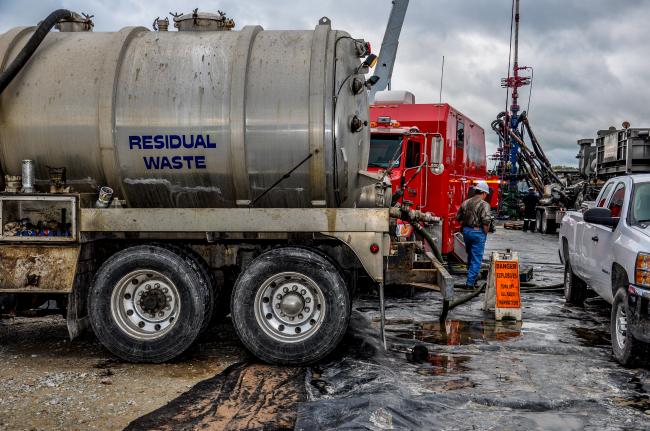
With very rare exceptions, oilfield contracts address allocations of the financial consequences of risks arising out of the performance of the work. This is usually done in some version of a “knock-for-knock” indemnity scheme where each party agrees to be financially responsible for claims related to its own people and property and to indemnify, defend and hold harmless the other party and its “group” of related/interested parties from and against such claims.
This includes protecting a party from a claim even where the loss at issue results from the negligence, strict liability or other legal fault of that party. Third-party claims, environmental responsibilities and claims arising out of catastrophic events such as a blowout are often addressed separately.
This allocation of financial responsibility is based in part on a desire to avoid protracted litigation driven by efforts to apportion fault for a loss among the many parties that are typically at a well site. Without a clear contractual allocation of risk, each party will engage counsel that will seek to downplay its own liability while seeking to find fault with the actions of others at the site. In doing so, defense counsel will engage in extended discovery (to the delight of the plaintiff’s counsel) funded by multiple insurers.
This post appeared first on Hart Energy.
